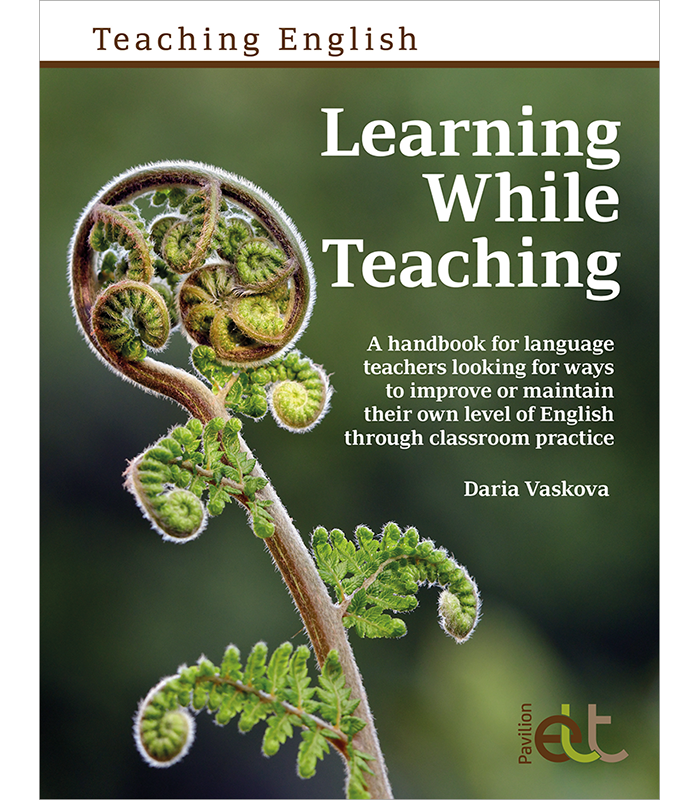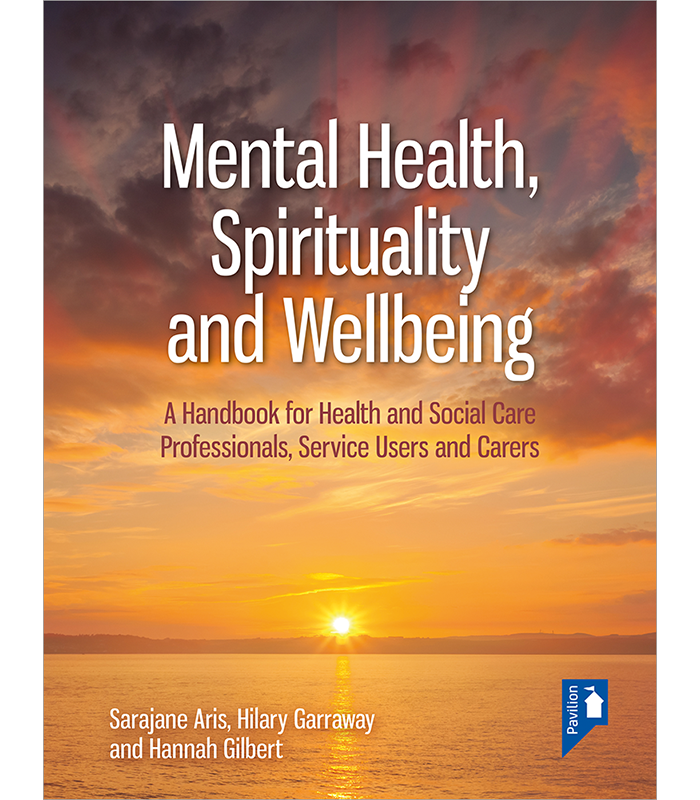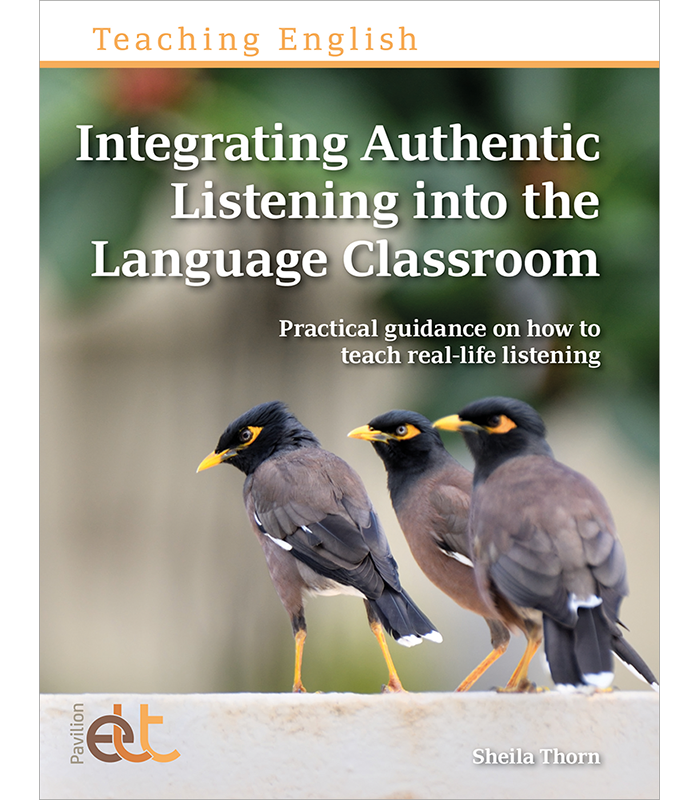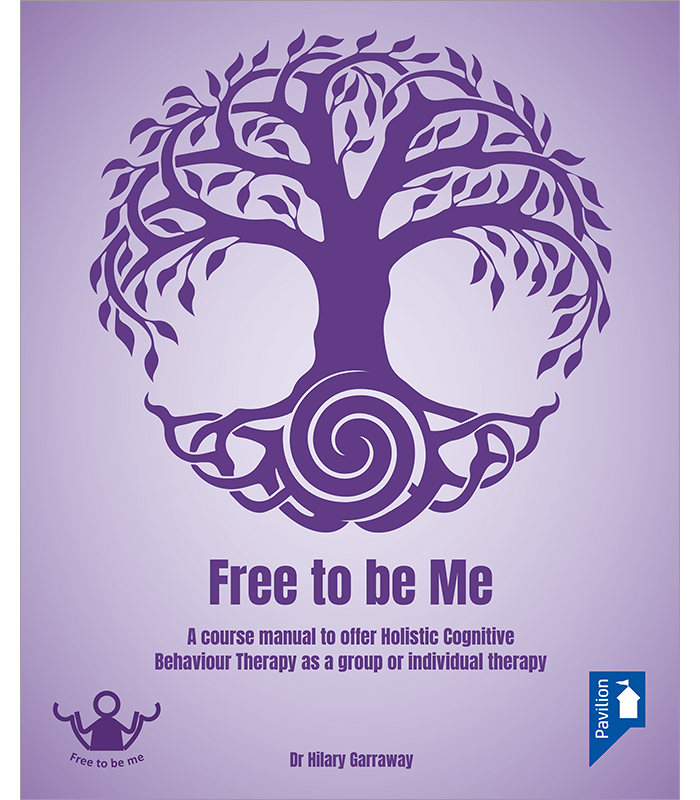
Do you know how to teach, but want to improve your proficiency in the language you are teaching? Or do you lack confidence in your linguistic knowledge of that language, and how to explain it to others? If so, Learning While Teaching provides you with the means to improve while you teach.
This practical handbook is designed for language teachers who teach a different language than their first language and want to improve their proficiency in that language. It is also designed for language teachers who teach their first language but lack confidence in their linguistic knowledge and ability to explain it to others. Learning While Teaching offers practical ideas and adaptable activities to help teachers improve their language level autonomously.
Teachers can record the tasks throughout the book to demonstrate their continuous professional development. The tasks should help teachers clearly define their professional strengths and action points. Learning While Teaching is suitable for any in-service language teacher or initial teacher trainee who has a command of English at B1+ level on the Common European Framework of Reference (CEFR). By reading the book, users will inherently find their level and knowledge of English improving.
Contents:
Part 1 explores how language proficiency and linguistic knowledge impact how teachers are perceived by their students, employers, and themselves. Besides helping teachers to enhance their language proficiency and build confidence, it explores ways of tackling different issues that language teachers face on a day-to-day basis (such as employers’ and students’ bias towards first language teachers). It includes anecdotal evidence from teachers coming from different countries and teaching contexts. This aims to help the readers relate to the subject matter and see it from different perspectives. Throughout Part 1, there are reflection tasks for the teachers to complete, and therefore log and track their development. They can then identify where they are in their career and what areas they still want to keep working on.
Part 2 is more practical. It focuses on how teachers can use lesson preparation, delivery, and the teaching community to enhance their language level. Each of the activities comes with a rationale, clear outcomes and a step-by-step guide. This helps explain how it can be integrated into the teaching process and routine, plus adapted for all teaching contexts. The activities will not require significant time to complete, and will gradually enhance the language level in those areas. At the end of each chapter, there is the opportunity to reflect on their learning, conduct experiential learning and evaluate what impact the activities may have on their future teaching practice and development plan.
Learning While Teaching is part of the Teaching English series, which offers a mixture of methodology and practical ideas for teachers of English as a foreign language.
From the author:
“When I just started out teaching, I didn’t feel particularly confident about my own level of English and my ability to explain things to the students or answer their questions. This stopped me from applying for jobs and teaching groups and levels I wanted. I felt that there weren’t many opportunities for me to work on and maintain my language proficiency, and that it was either expensive or time-consuming. So, I started looking for more hands-on and practical ways of doing it, which I could do as a part of my teaching process. These activities became the basis of this book.”
Reviews:
“Learning While Teaching broaches that most controversial of topics, native vs non-native speakerism, with a practical no-nonsense handbook aimed to incorporate teacher language development into lesson preparation and activities… As a native speaker who has had the privilege to work with many talented, professional non-native-speaker teachers, I would say that this book does an excellent job in challenging the stigmas that are still prevalent within our industry, whilst offering practical guidance to increase confidence and efficacy in the classroom.” – This review by Charlotte Smith was featured in IATEFL Voices (Issue 286, 2022). Find out more about becoming a member of IATEFL here.





